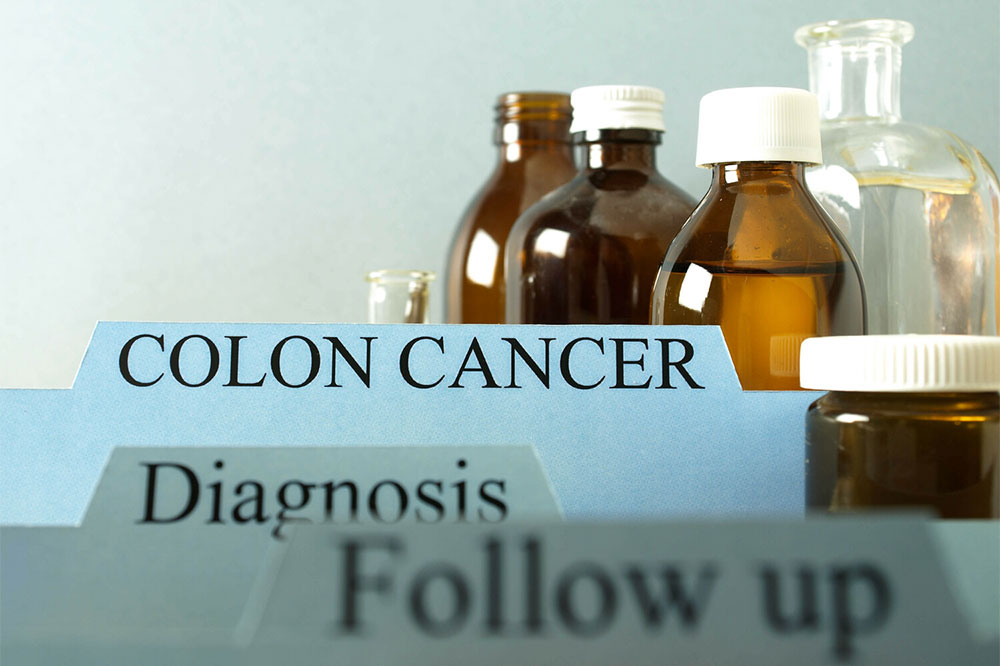
Colon cancer – Causes, symptoms, and treatments
When cancer affects the large intestine, it is called colon cancer. It is also referred to as colorectal cancer if both the rectum and colon are affected. Colon cancer is one of the most common cancers in our country. Around 150,000 of our adults are estimated to be diagnosed with the disease this year. But thankfully, it can be cured if detected early. This article discusses the causes, symptoms, and treatment options for colon cancer.
Causes
Several factors can contribute to the development of colon cancer, the most prevalent of which include:
Heredity
Like most cancers, genetics plays a vital role in the development of colon cancer. People who have a family history of the disease are more at risk. Hence, individuals whose close relatives, such as parents and siblings, have or have had the illness should get tested regularly.
Age
Although the disease can affect people of all ages, it is more common in those above 50. 90% of cases are said to be from this age group. However, some sources say that an increasing number of young adults are also being diagnosed with colon and colorectal cancer.
Medical history
Patients already suffering from ulcerative colitis or Crohn’s disease for several years are at a high risk of developing this cancer. These illnesses can lead to inflammation of the colon, causing irregularities that can lead to colon cancer.
History of cancer
Colon cancer can also affect people who have a personal or family history of polyps in the colon or rectum. A family or personal history of uterine or breast cancer also makes one susceptible to the disease.
Symptoms
This condition has few symptoms in the early stages. But as it spreads, the following signs could become evident:
Alteration in regular bowel habits
Change in bowel habits is a common sign among colon cancer patients. One might get extremely thin stools or something that might feel like diarrhea. Continuous abdominal pain and constipation are also notable signs. In some cases, patients might notice blood in the stools.
Low RBC count or anemia
Colon cancer tumors can bleed internally, leading to loss of blood and, hence, loss of red blood cells (RBCs) over time. Inflammation around the tumor can also cause RBCs to get trapped. Therefore, anemia is common among most patients suffering from the disease.
Severe fatigue or tiredness
A loss of iron can make one feel fatigued. This tiredness can be a result of chemotherapy or other treatments as well. Some patients experience weight changes without any particular reason. Such symptoms could indicate a severe illness.
Treatments
Doctors chalk out treatment plans based on factors like the type and stage of colon cancer, the patient’s age, and medical history. Standard treatments include:
Surgery
A surgeon may perform a colectomy to remove the colon or a portion of it, eliminating the area where the malignant cells have grown. Other forms of surgery to treat colon cancer include endoscopy, palliative surgery, and laparoscopic surgery. An endoscopy involves inserting a flexible, thin tube with a camera into the colon to remove the malignant tissue. Laparoscopic surgery involves making tiny incisions along the abdominal region for the removal of large polyps. Palliative surgery (used in advanced stages) relieves any blockage along the colon to manage pain, bleeding, and other symptoms.
Chemotherapy
Chemotherapy uses a set of potent medications to destroy the cancerous cells in the colon by obstructing cell DNA or proteins. The therapy targets any swiftly dividing cells, including healthy cells. The healthy cells might recover from damage, but malignant cells will not. There are multiple side effects of chemotherapy, including nausea, weakness, hair loss, vomiting, etc.
Immunotherapy
This new treatment aims at improving the patient’s immunity so that their body can fight the cancer cells. Immunotherapy is divided into two sections: active and passive. Active immunotherapy stimulates the entire immune system to help it identify abnormal cells and selectively destroy them. The administration of vaccines is an example of this form of therapy. Passive immunotherapy involves using products created in the laboratory that mimic antibodies. These medicines target particular components of the cancer cells, helping the body’s natural immune response to destroy them easily.




